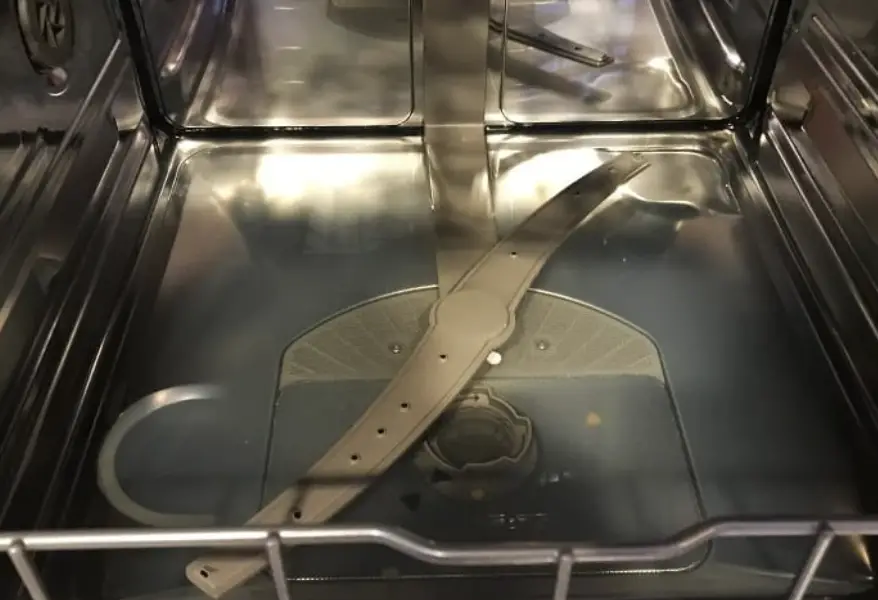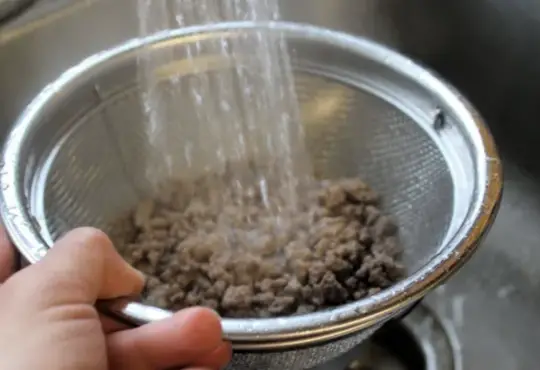
Troubleshooting Water in the Bottom of Your Dishwasher: Understanding the Causes and Solutions
A dishwasher is a modern marvel that saves us time and effort in the kitchen, but encountering water pooled at the bottom after a wash cycle can be frustrating. There’s no need to panic, though, as this issue is relatively common and often has simple solutions. In this blog post, we’ll explore the causes of water in the bottom of your dishwasher and offer troubleshooting tips to help you resolve the problem and get your dishwasher back to its efficient best.
Causes of Water in the Bottom of the Dishwasher:
- Clogged Filter or Drain: A clogged filter or drain is one of the primary reasons for water accumulation in the bottom of the dishwasher. Over time, food particles, debris, and grease can build up, obstructing the flow of water out of the dishwasher.
- Drain Hose Issues: If the drain hose is kinked, damaged, or improperly connected, it can prevent the water from draining out of the dishwasher effectively.
- Air Gap Blockage: If your dishwasher has an air gap, it’s possible that it’s clogged, leading to poor drainage and water accumulation.
- Faulty Check Valve or Pump: The check valve prevents water from flowing back into the dishwasher after draining. If it’s malfunctioning, water can pool at the bottom.
- Garbage Disposal Blockage: If your dishwasher is connected to a garbage disposal, a clog in the disposal can impact proper drainage.
Troubleshooting and Solutions:
- Check and Clean the Filter: Locate the dishwasher’s filter and remove any debris or food particles. Rinse it thoroughly under running water, and if it’s heavily soiled, use a soft brush and mild detergent for a more thorough cleaning.
- Inspect the Drain Hose: Ensure that the drain hose is free of kinks and obstructions. If it’s damaged, replace it with a new one, and make sure it is connected securely.
- Clear the Air Gap: If your dishwasher has an air gap, check for any blockages and clean it thoroughly. Remove the cover and clean out any debris.
- Check the Check Valve and Pump: Examine the check valve for signs of damage or blockage. If it appears faulty, consider seeking professional help for repairs or replacement.
- Garbage Disposal Inspection: If your dishwasher drains through the garbage disposal, inspect the disposal for clogs or blockages. Run the disposal to clear any debris.
- Run a Vinegar Cycle: Pour a cup of white vinegar into a dishwasher-safe container and place it on the top rack of the empty dishwasher. Run a cycle with hot water to help clean the interior and remove any lingering residue.
Preventing Water Pooling in the Future:
- Pre-Rinse Dishes: Before loading dishes into the dishwasher, scrape off excess food scraps to prevent debris buildup in the filter and drain.
- Regular Maintenance: Clean the filter and inspect the dishwasher’s components periodically to prevent potential issues.
- Use the Right Detergent: Use a high-quality dishwasher detergent that is suitable for your dishwasher model to ensure proper cleaning and rinsing.
Conclusion: A Clear Path to a Spotless Dishwasher
Encountering water pooled at the bottom of your dishwasher may seem like a setback, but armed with troubleshooting knowledge and simple solutions, you can address the issue with ease. By regularly maintaining your dishwasher and practicing preventive measures, you can keep water flowing freely, ensuring that your dishwasher continues to be a reliable kitchen companion, leaving you with sparkling clean dishes after every wash cycle. Happy dishwashing!






